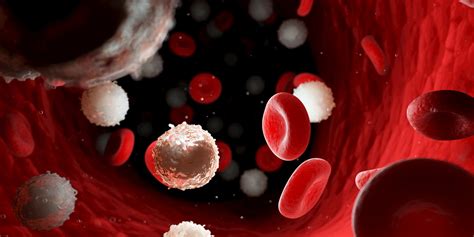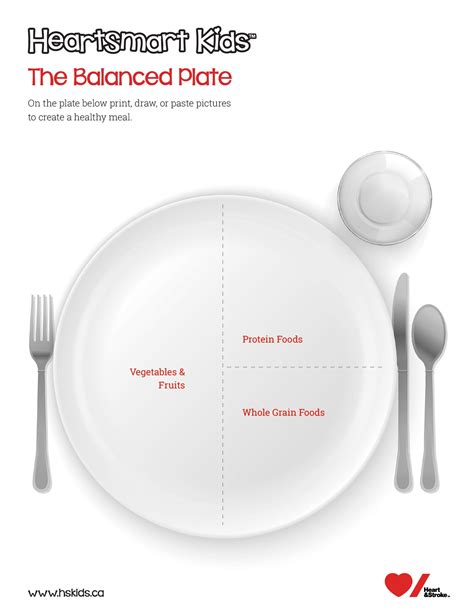The Afternoon Slump: A Universal Challenge
Many of us are familiar with the insidious afternoon energy crash – that period between 2 PM and 4 PM when focus wanes, productivity plummets, and the urge for a sugary pick-me-up becomes almost irresistible. Far from being a mere inconvenience, these slumps significantly hinder peak performance, whether you’re tackling a demanding work project, an intense workout, or simply trying to stay present for your family. The good news is that these energy dips are largely preventable, and the solution lies primarily in understanding and optimizing your fuel intake.
The primary culprit behind most afternoon crashes is unstable blood sugar. When you consume meals rich in refined carbohydrates and sugars, your blood glucose spikes rapidly. To counteract this, your body releases a surge of insulin, which quickly brings blood sugar down – often too low – leading to the fatigue, irritability, and cognitive fog characteristic of the slump.

Macronutrients: Your Allies for Sustained Energy
Preventing these crashes hinges on maintaining stable blood sugar levels throughout the day. This requires a strategic approach to your macronutrient intake – carbohydrates, proteins, and fats – ensuring they work in harmony to provide a steady, sustained release of energy.
Complex Carbohydrates for Steady Fuel
Not all carbohydrates are created equal. Opt for complex carbohydrates, which are rich in fiber. Fiber slows down the digestion and absorption of glucose, leading to a gradual rise in blood sugar rather than a sharp spike. Good sources include whole grains (oats, quinoa, brown rice, whole-wheat bread), legumes (lentils, beans), starchy vegetables (sweet potatoes, butternut squash), and most fruits and non-starchy vegetables.
Lean Protein for Satiety and Stability
Protein plays a crucial role in preventing energy crashes. It helps to slow down the absorption of carbohydrates, further stabilizing blood sugar. Additionally, protein promotes satiety, keeping you feeling full and preventing overeating or reaching for unhealthy snacks. Incorporate lean protein sources such as chicken breast, turkey, fish, eggs, Greek yogurt, tofu, tempeh, and various plant-based proteins.
Healthy Fats for Long-Term Energy and Brain Function
Healthy fats are essential for sustained energy and optimal brain function. They digest slowly, providing a long-lasting fuel source without impacting blood sugar levels. Incorporate sources like avocados, nuts (almonds, walnuts), seeds (chia, flax, hemp), olive oil, and fatty fish (salmon, mackerel).

Crafting Your Anti-Crash Meal Plan
The timing and composition of your meals are just as important as the individual ingredients.
The Power Breakfast
Start your day with a balanced breakfast that combines complex carbohydrates, lean protein, and healthy fats. This sets the tone for stable blood sugar throughout the morning. Examples include oatmeal with berries, nuts, and a scoop of protein powder; scrambled eggs with whole-wheat toast and avocado; or Greek yogurt with fruit and seeds.
Lunch: The Midday Balance Act
Lunch is often the most critical meal for preventing the afternoon crash. Avoid heavy, high-carb lunches that can induce a food coma. Instead, aim for a balanced meal: a generous portion of lean protein (e.g., grilled chicken, fish, tofu), plenty of non-starchy vegetables (salad, steamed veggies), a moderate serving of complex carbohydrates (quinoa, sweet potato), and a source of healthy fat (avocado, olive oil dressing).
Strategic Snacking
If you need a snack between meals, make it count. Choose mini-meals that combine protein and fiber to keep you full and your blood sugar stable. Examples include an apple with a handful of almonds, Greek yogurt with a few berries, vegetable sticks with hummus, or a hard-boiled egg.

Beyond Food: The Holistic Approach to Energy
While nutrition is paramount, other lifestyle factors significantly impact your energy levels.
Hydration is Key
Dehydration can masquerade as fatigue. Ensure you’re drinking plenty of water throughout the day. Keep a water bottle handy and sip regularly, especially during and between meals.

Sleep, Stress, and Movement
Adequate sleep (7-9 hours per night) is fundamental for energy regulation. Chronic stress can also deplete energy reserves and disrupt hormonal balance. Regular physical activity, even short walks, can boost circulation and energy, but avoid intense exercise too close to bedtime.
Actionable Tips for Lasting Energy
- Prioritize Protein: Include a source of lean protein at every meal and most snacks.
- Embrace Fiber: Choose whole grains, fruits, vegetables, and legumes over refined options.
- Don’t Fear Healthy Fats: Incorporate sources like avocado, nuts, and olive oil for sustained energy.
- Mind Your Portions: Especially with carbohydrates, portion control helps manage blood sugar.
- Eat Regularly: Aim for 3 balanced meals and 1-2 strategic snacks to prevent extreme hunger and blood sugar dips.
- Stay Hydrated: Drink water consistently throughout the day.
- Listen to Your Body: Pay attention to how different foods make you feel and adjust accordingly.
Fuel Your Performance, Conquer the Afternoon
Preventing the afternoon energy crash isn’t about restrictive dieting; it’s about smart, strategic fueling. By prioritizing complex carbohydrates, lean proteins, and healthy fats in balanced meals and snacks, you can stabilize your blood sugar, sustain your energy levels, and maintain peak physical and mental performance throughout the entire day. Make these dietary shifts, and experience the profound difference consistent, optimal fueling can make in your daily life and productivity.





